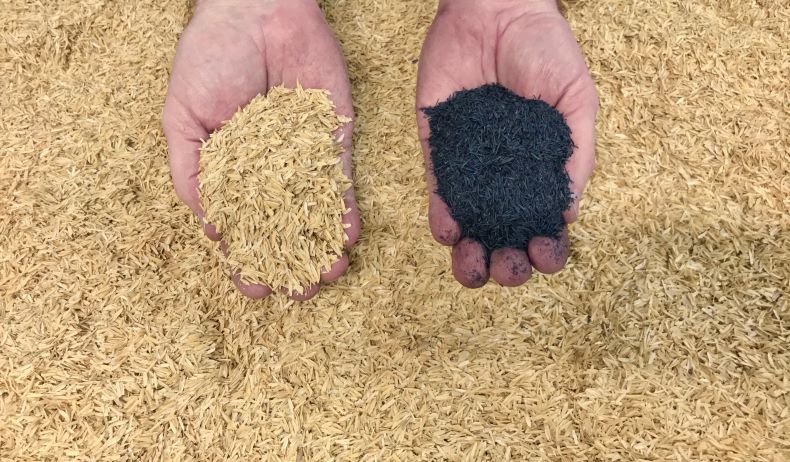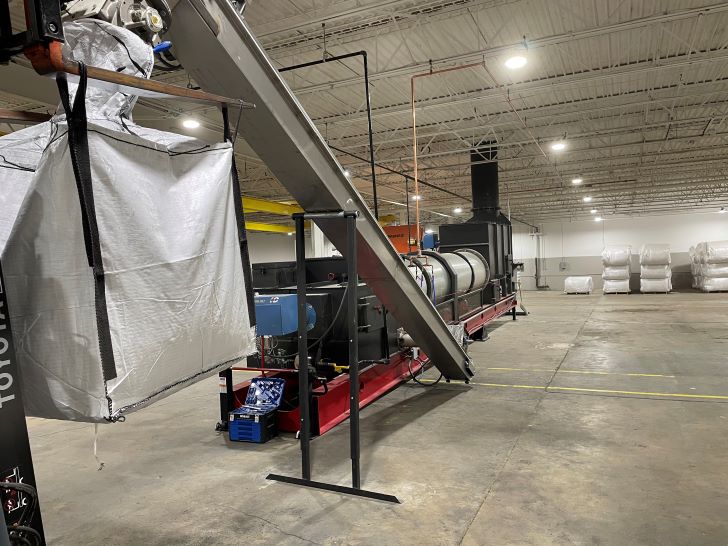

Glanris has raised a US$2 million Series A round from investors Riceland, Pittco Capital, Innova and Sage for what it says is the world’s first green, hybrid water filtration media.
The US company’s patented manufacturing process and technology for removing contaminants turn rice hulls into a customised filtration media.
Glanris has now opened a new 60 000 sq ft production facility in Olive Branch, Mississippi, in the US Rice Belt, where it plans to produce up to three tons of Glanris 901x media per day with its patented kiln for processing rice hulls.
The company, which was founded in 2018, says that its Glanris 901x media has better performance at a lower cost than traditional filtration media, removing organic contaminants faster than activated carbon and removing dissolved metals as effectively as ion exchange resins, at a fraction of the cost.
“We set out to create sustainable solutions for water filtration and reuse that can immediately impact our global use of water,” explained Bryan M Eagle III, CEO of Glanris. “We also wanted to create a media that would lower the cost for companies wanting peak filtration performance and at the same time want to do something better for the planet. We have taken the world’s largest agricultural waste product and converted it into a sustainable solution for solving the world’s water needs.”
Glanris is currently working with a number of industrial customers, from HVAC manufacturers to automobile makers. It will sell into the residential market once it completes its full NSF 61 certification this summer.
“We are currently testing Glanris in five different vertical markets today with great results,” said Max Kahn, CEO of BioPipe, a global distributor of wastewater treatment systems. “Glanris gives water services companies like ours a win-win when it comes to water filtration technologies. Not only is it fast, effective, and a fraction of the costs of ion exchange resins, but it also is green, removing CO2 through carbon sequestration.”





